Grocery shopping is changing—and fast. As retailers battle supply chain shifts, consumer demand, and inflation, some aisles are quietly shrinking while others grow or vanish altogether. If your favorite shelf seems smaller lately, it might not be your imagination. From frozen foods to personal care, here are the 11 grocery store aisles that are shrinking—and why it matters for shoppers.
1. Canned Vegetables
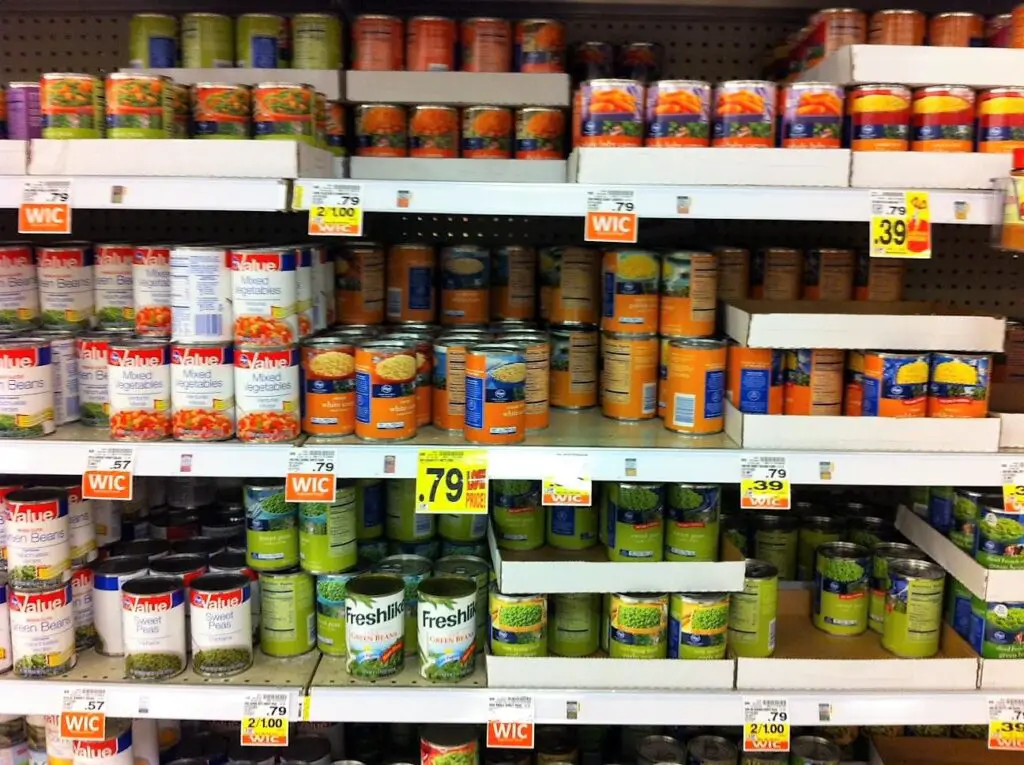
Canned veggies used to dominate entire aisles, but according to the Takeout, they’re now being edged out by fresher or frozen alternatives. As more consumers shift toward frozen and fresh produce for better taste and texture, grocers are reallocating shelf space. Canned corn, peas, and green beans just aren’t flying off shelves the way they did a decade ago. That means a tighter selection and fewer options from lesser-known brands.
Why does that matter? Well, canned goods are often a budget-friendly, long-lasting staple—especially for food-insecure families. Shrinking this aisle makes access harder for those who rely on them. And if prices go up due to reduced supply, it’s a double hit.
2. Breakfast Cereal

The once-mighty cereal aisle is slimming down fast. As noted by Eat This Not That, changing breakfast habits—like the rise of smoothies, protein bars, and intermittent fasting—have made sugary cereals less relevant. Even big brands like Kellogg’s and General Mills are reporting slowing sales in this category. With fewer buyers, stores are cutting back on shelf space.
This shift impacts both variety and pricing. Smaller displays mean fewer promotional deals and less competition. And for cereal lovers, seeing childhood favorites vanish can feel like the end of an era. It’s also a blow to parents who depend on quick, familiar breakfast options for busy school mornings.
3. Frozen Dinners

The heat-and-eat frozen meal section has been quietly trimmed in many supermarkets. According to The New York Times, consumers have grown more health-conscious and are wary of highly processed, high-sodium meals. As demand declines, stores are shifting freezer space toward plant-based entrees or ready-to-cook kits. Traditional TV dinners and meat-heavy trays are often the first to go.
This trend means shoppers will find fewer budget frozen options. While healthier fare is great, it often comes at a higher cost. For working parents or college students on a budget, those lost options matter. It’s one more way convenience is being reshaped by wellness trends.
4. Shampoo and Personal Care

Believe it or not, some grocery chains are reducing their personal care sections—especially shampoo, body wash, and shaving products. BBC reports that drugstores and online retailers have siphoned off much of the customer base, leaving grocers to scale back. People are buying these items during bulk trips to places like Target or online through Amazon subscriptions. That has left grocers rethinking their shelf real estate.
With fewer choices, grocery store shoppers are forced to hunt elsewhere for essentials. It’s inconvenient if you rely on one-stop shopping. And when a store cuts your preferred brand, you’re stuck experimenting or driving across town. For rural or transit-limited shoppers, that shift really stings.
5. Baking Supplies
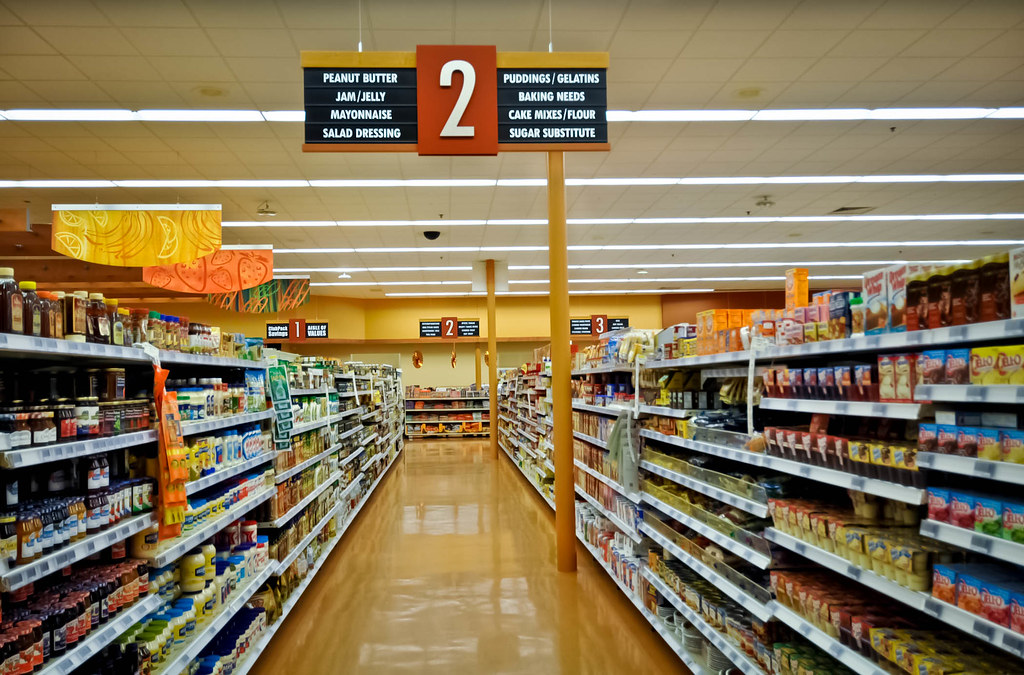
Flour, sugar, and specialty ingredients exploded in popularity during the early days of the pandemic—but now the baking aisle is shrinking back to size. As more people return to dining out or quick-cook meals, the need for baking staples has dropped. Grocery stores are responding by narrowing down shelf space and removing niche flours or decorating products. Even once-ubiquitous yeast packets are less prominent than they were in 2020.
The downside? If you’re a weekend baker or like trying new recipes, your options might be disappearing. This affects not only hobbyists but people with dietary needs—like those seeking almond or oat flour. When stores cut back, creativity and accessibility take a hit.
6. International Foods
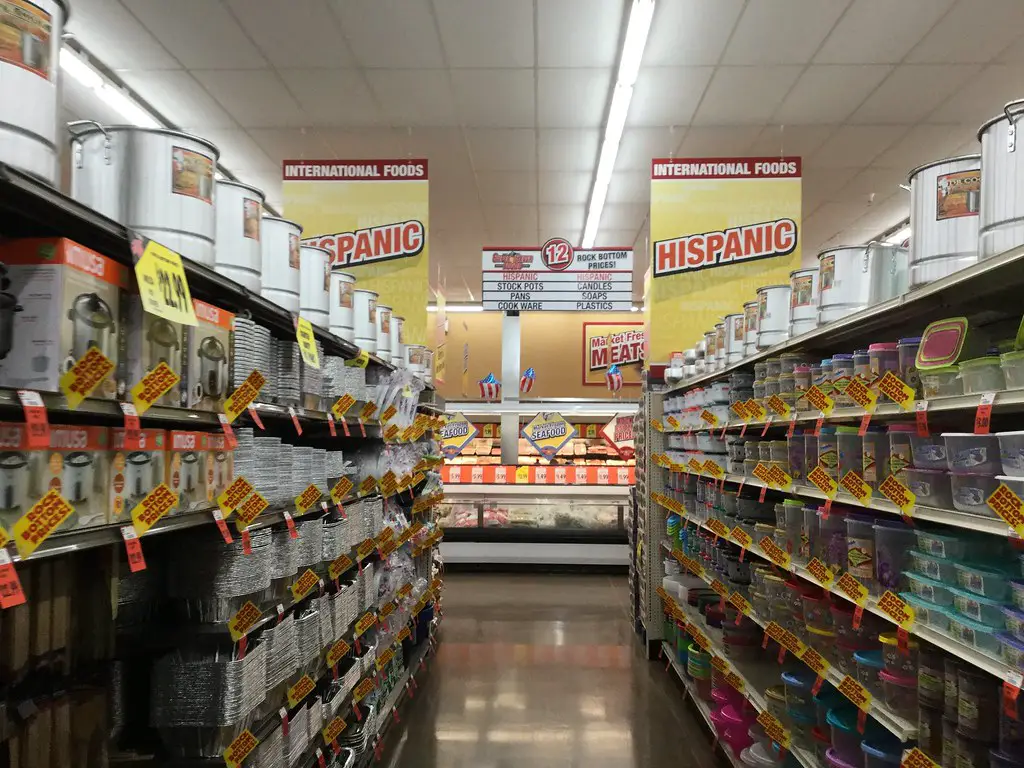
Global flavors are trending, but ironically, the international aisle is getting squeezed in many mainstream grocery chains. Rather than keeping a dedicated, diverse section, stores are merging these products into other aisles or cutting slow-moving items altogether. That means fewer types of noodles, sauces, and spices from cultures outside the U.S. are being stocked. While some stores are expanding specific sections (like Hispanic foods), others are trimming elsewhere.
This matters for cultural representation and culinary diversity. For immigrant families, losing access to familiar brands makes meal planning harder. And for adventurous cooks, it limits inspiration. When stores chase broad appeal, nuance can get lost.
7. Magazines and Greeting Cards

The end of an era is coming quietly in the checkout lane. As more people go digital for reading material and e-cards, the space once devoted to magazines and greeting cards is shrinking rapidly. Many stores now have just a few racks—or none at all. It’s a logical move, but a nostalgic one.
For shoppers who love flipping through a magazine or picking up a last-minute card, it’s another example of convenience giving way to tech. That spontaneous birthday card purchase may no longer be possible on your grocery run. And local publications often lose their spot when space is cut. It’s a cultural shift as much as a logistical one.
8. Bulk Dry Goods
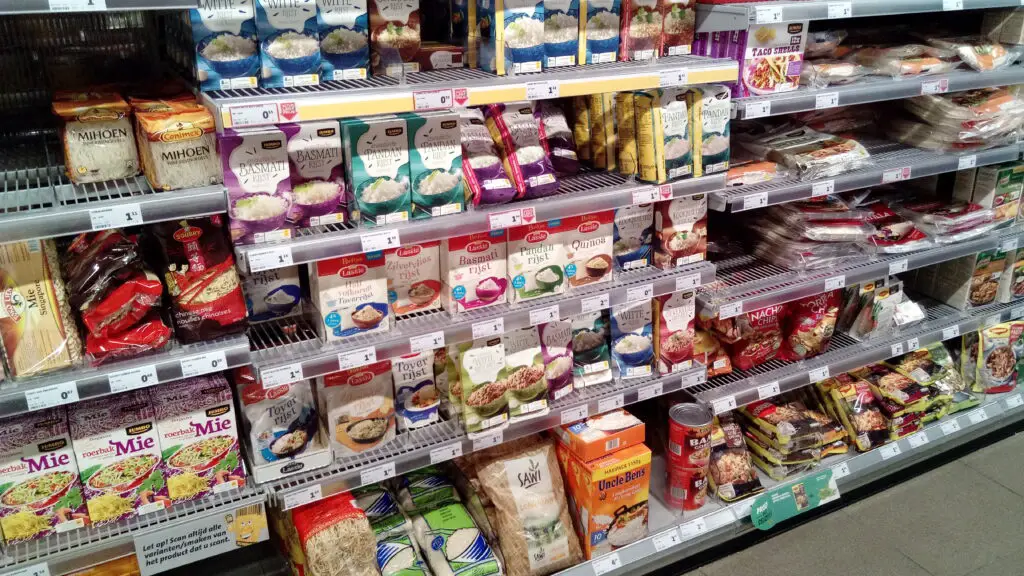
Big bins of beans, rice, and grains have been disappearing from grocery stores since the pandemic due to sanitation concerns—and many haven’t returned. Even in stores that kept bulk sections, the space has been reduced. Pre-packaged versions now dominate the shelves, and customization is taking a backseat. Shoppers have less control over quantity and cost-per-ounce.
The loss of bulk dry goods hits low-waste and budget-conscious shoppers hard. Buying only what you need is better for both the planet and your pantry. But it’s harder when the option’s no longer there. One more aisle gets less personal and more pre-packed.
9. Salad Dressings and Condiments

It might feel like there are always a million salad dressings—but the actual variety is shrinking. Stores are paring down on niche dressings and hyper-specific condiments to focus on top sellers. That means fewer flavors of vinaigrettes, unique mustards, or imported hot sauces. Shelf space is being redirected to fresher items or trending categories like refrigerated dips.
This streamlining can feel limiting, especially if you like to experiment. Fewer condiments means less opportunity to add variety to meals. And if your go-to gets cut, it might be gone for good. It’s a quiet but annoying kind of shrinkage.
10. Baby Care
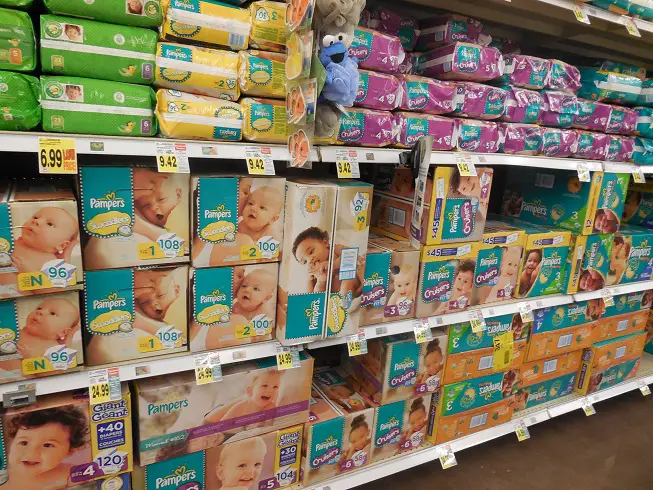
Diapers, wipes, and formula are essentials—but in many grocery stores, the baby care section is shrinking. Big-box retailers and online subscriptions have captured much of the market, and grocers are shifting that space elsewhere. With demand down, selection is, too. Fewer brands, fewer sizes, and less stock make it harder to find what you need.
For new parents already juggling a lot, that’s a headache. It means an extra trip or relying on deliveries. And when supply chain issues hit baby products, fewer in-store options can lead to empty shelves. It’s not a cut most families are happy about.
11. Cleaning Supplies

This aisle expanded rapidly in 2020, but it’s now going in reverse. Demand has normalized, and stores are no longer dedicating large displays to disinfectants and sanitizers. Many brands have consolidated or vanished entirely, and stores are restocking only the most popular cleaners. Fewer shelves mean fewer choices.
That’s not always a bad thing—but it can be frustrating if you have brand loyalty. Some shoppers feel forced into whatever’s available, rather than what works best for them. And for those with allergies or pets, options matter. Less space means less flexibility.
